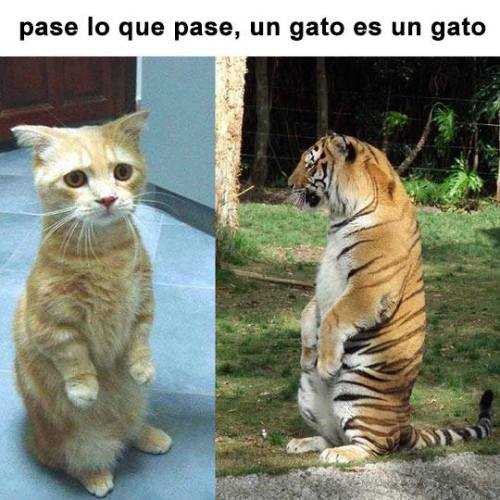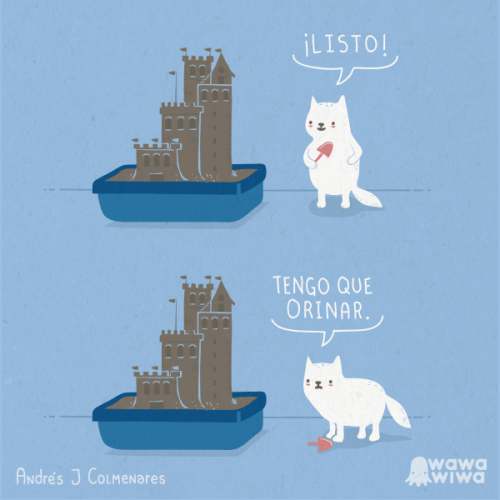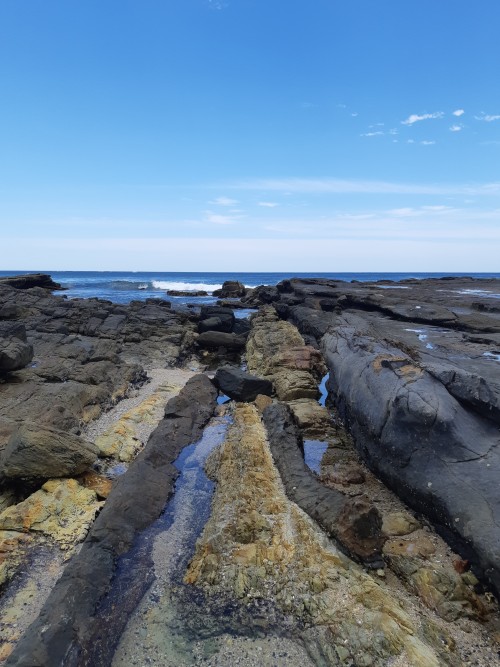#learning is fun
Warmest purrs,
Mousha, Cat Academy CEO
Post link
There are many other words for ‘snack’ in Spanish, but we know your human brain can only learn one at a time.
http://is.gd/Cat_Spanish
Post link
Like you, one human, two languages! With a little help from us, of course.
http://is.gd/Cat_Spanish
Post link
A handy phrase for those of you that have smaller humans under your command.
http://is.gd/Cat_Spanish
Post link
An alternative is “¿quieres pasar?”. Surprise your guests next time by answering the door in Spanish.
http://is.gd/Cat_Spanish
Post link
Bouncer cat doesn’t fool around when it comes to enforcing the no-pictures policy!
http://is.gd/Cat_Spanish
Post link
Dykes and landscapes
Dykes most frequently occur as igneous rocks which once were liquid magma that intruded older rocks. Dykes form as sub-vertical to vertical linear sheet-like features and can be millimetres to kilometres wide.
Dykes can contribute to formation of interesting landscape features. For example, in above photograph, the dyke was more resistant to weathering and erosion than the rock it intruded, and so, it gave rise to a tall protruding wall known as the Breadknife, the Warrumbungle National Park. Whereas, in the photograph below, the dyke is less resistant to weathering and erosion, and so erosion of the dyke resulted in formation of a slot or a gully in the cliff near Kiama, south coast NSW.
Erosion of surface features (such as rocks) at different rates is referred to as differential erosion.
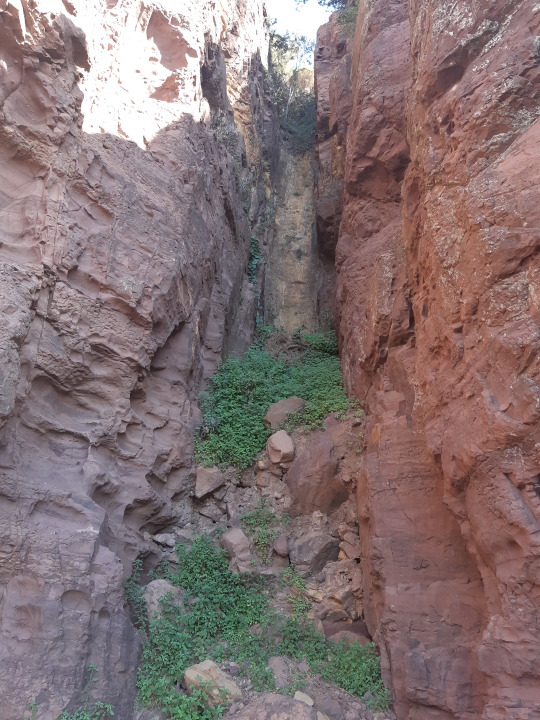
Post link
The dark coloured rock is a sedimentary rock and the bright coloured rock is an igneous rock (used to be a magma) which intruded the sedimentary rock. This intrusive igneous rock is called dyke or dike.
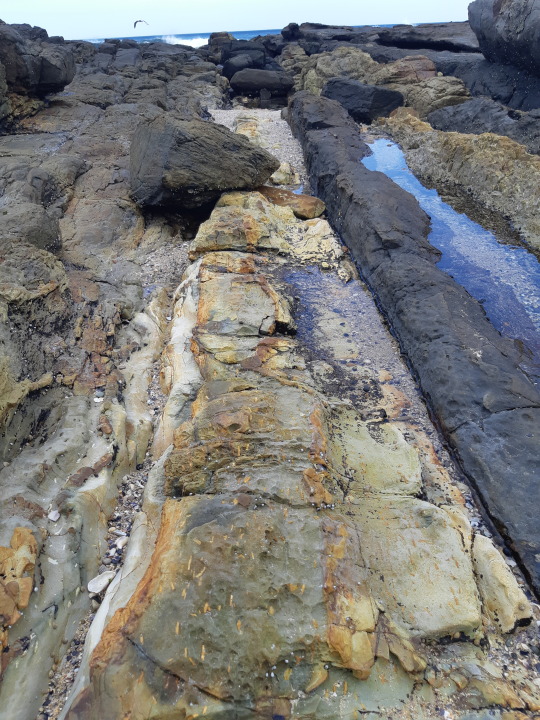
This dyke is bright coloured because the minerals that make up this rocks are breaking down to clays due to exposure to water and oxygen. Original minerals in rocks such as this one are usually black and so dykes often appear dark (but, definitely not a rule!). However, when these minerals breakdown they produce clay minerals, which are usually bright coloured.

The white-orange marks that you can see on the close-up image of the dyke used to be minerals that floated in the magma before it turned into a igneous rock. These minerals were called plagioclase, however, now these too have been converted into clays.
You might notice that approximately all these tabular minerals are aligned in one up-down direction. This the tell-tale sign of magma movement which aligned the mineral according to its flow direction. From this photograph you can narrow down the magma movement direction options to either to up-down and towards-you/away-from-you.
Southcoast NSW, Australia
Post link



